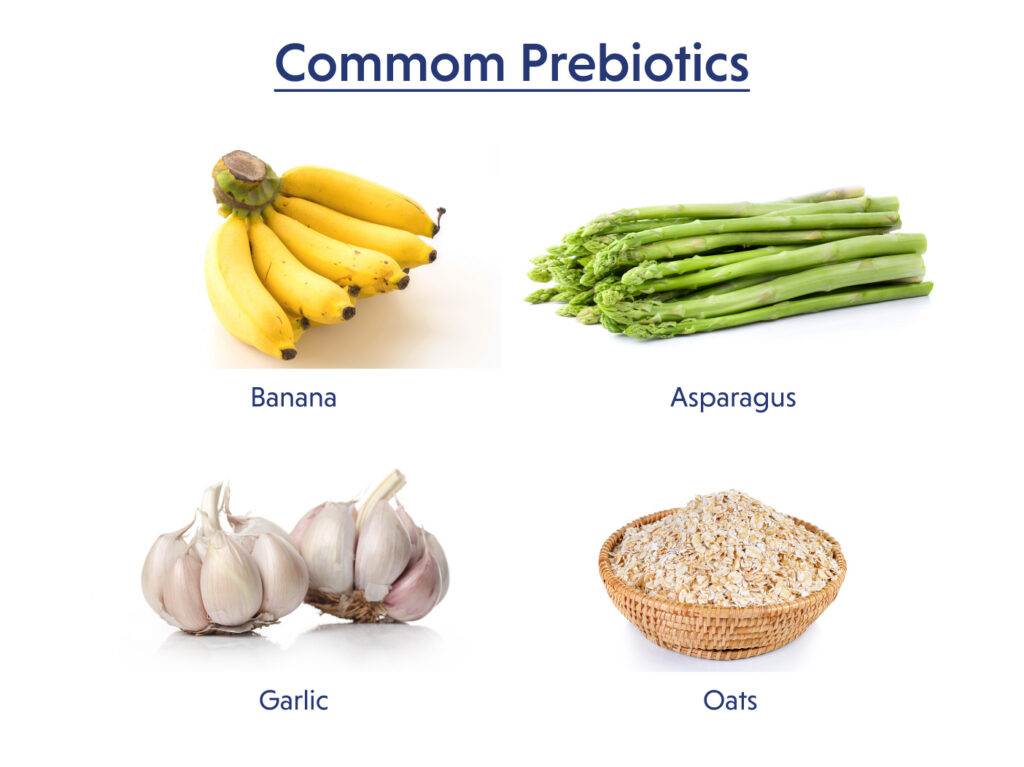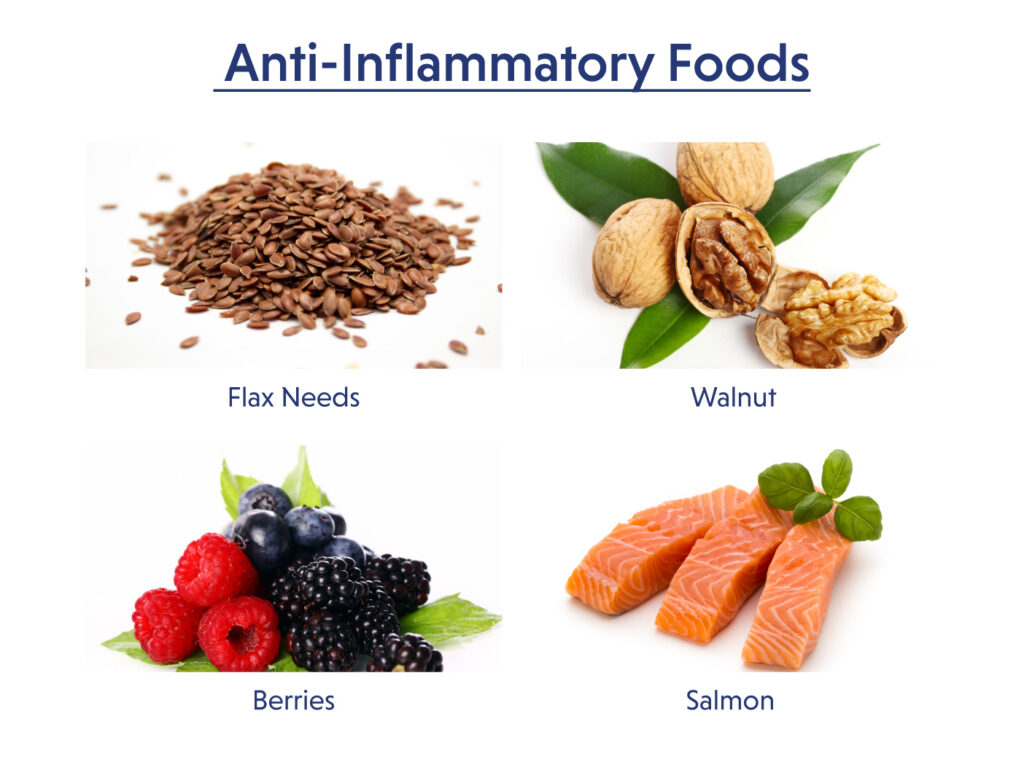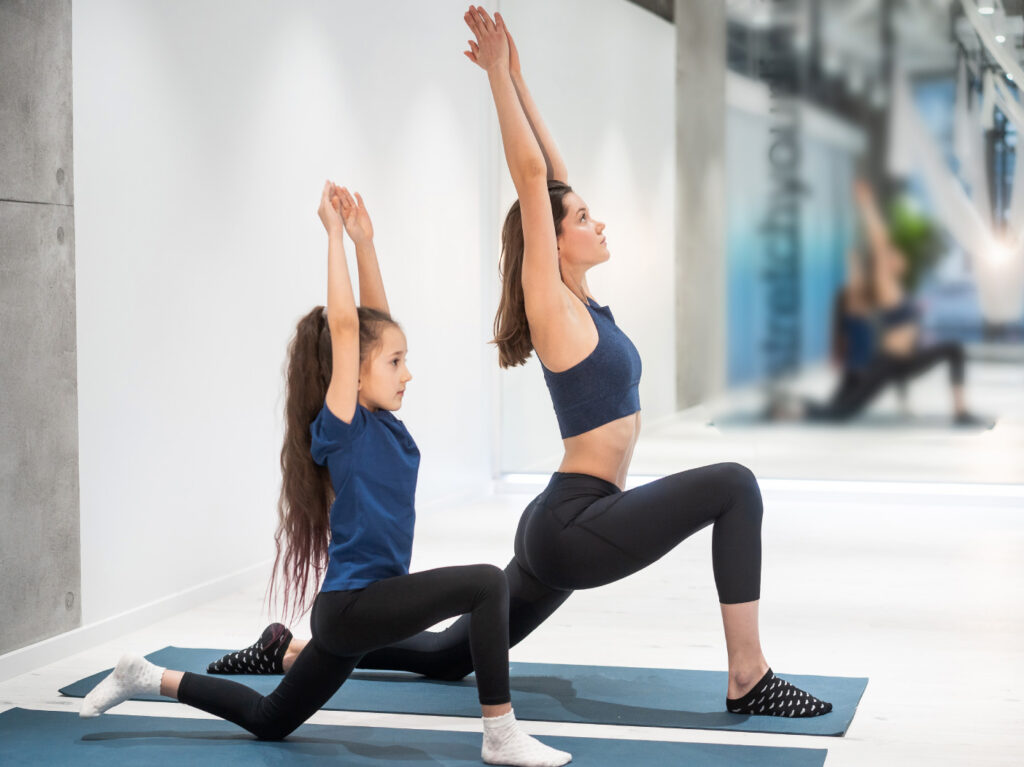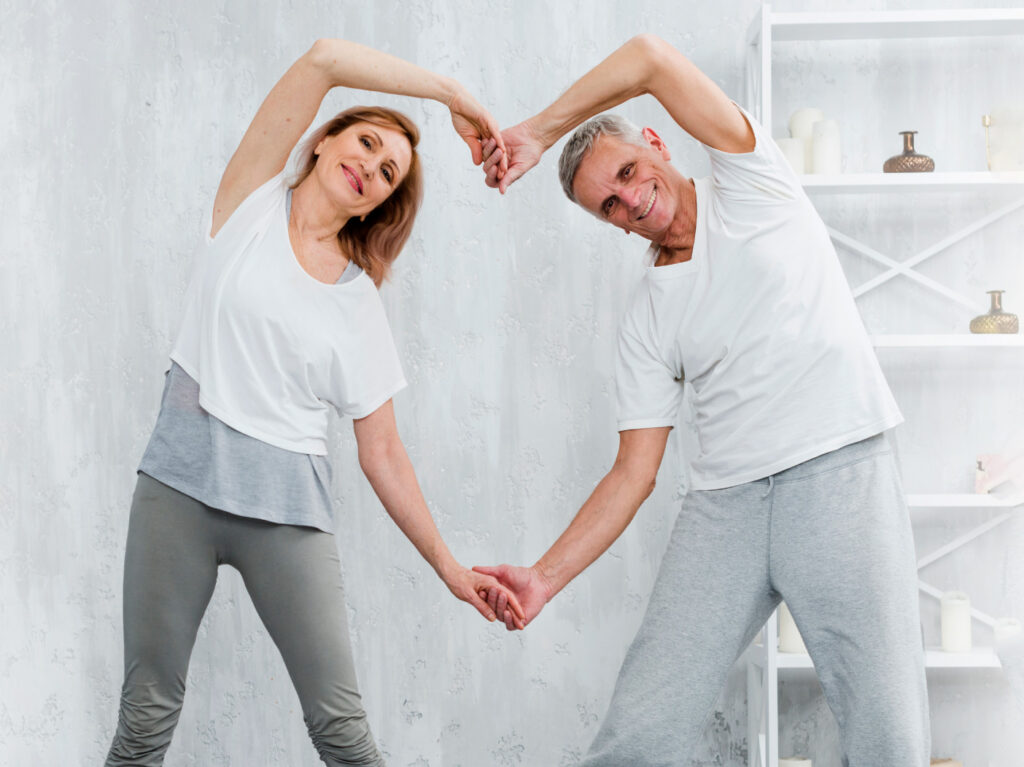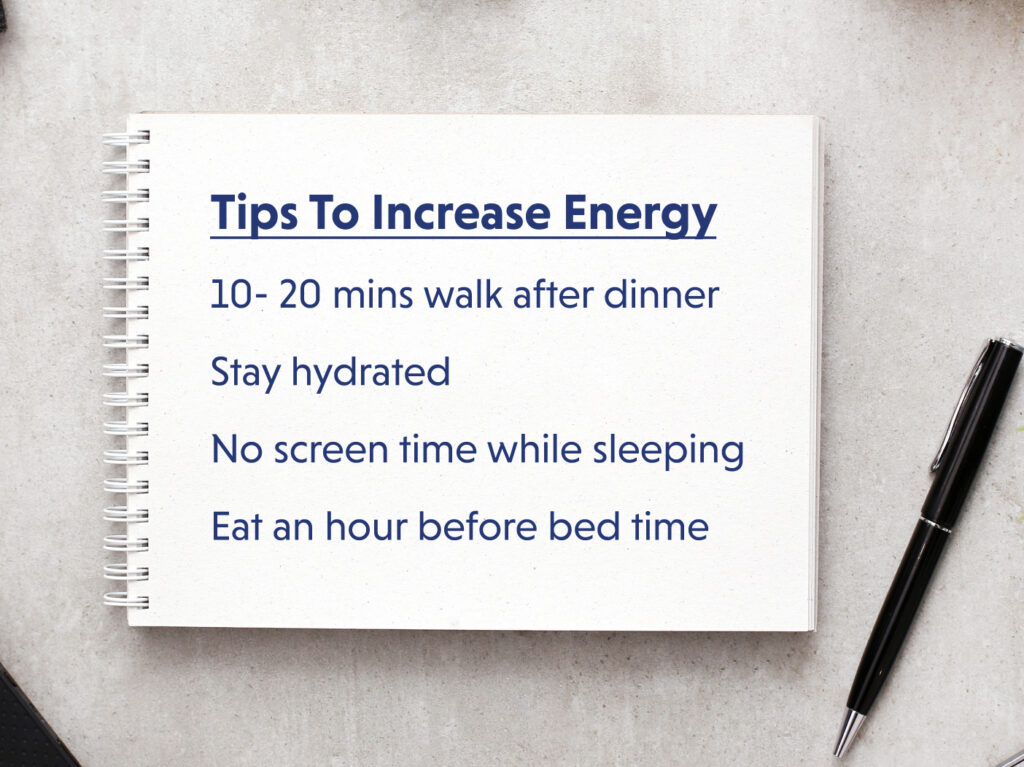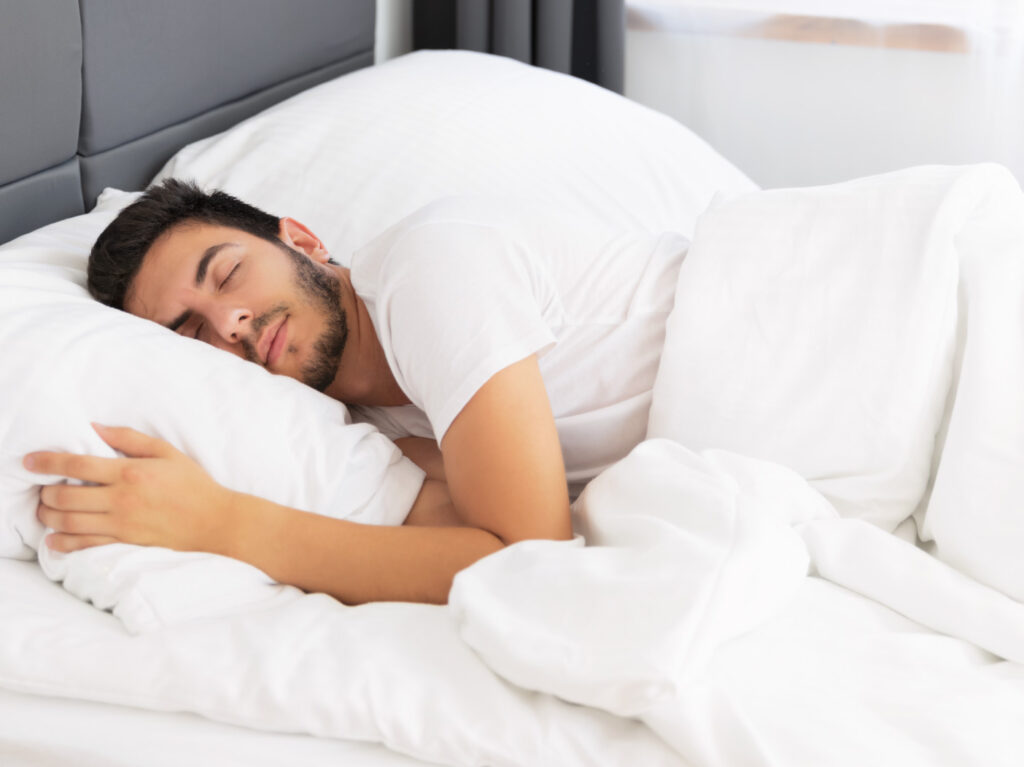Fun And Easy Exercises That Can Help You To Burn Calories
Exercising is important for many reasons. It can help to improve your overall health, maintain a healthy weight, and reduce your risk of developing certain chronic diseases. But let’s be honest – sometimes, working out can be a drag. That’s why it’s important to find ways to do easy exercises. After all, if you’re not enjoying yourself, you will not likely stick with it in the long run.
Sometimes, it’s difficult to motivate yourself to get up and move. These 15 simple and fun ways of exercising will make getting in shape easier, so you can enjoy all the benefits that come with a healthier lifestyle.
Easy exercises
- Walking
Walking is a simple and fun way to exercise. It’s low-impact, easy on your joints, and doesn’t require any special equipment or training.
Walking is one of the most basic forms of exercise because it’s so accessible — you can do it anywhere, anytime. All you need is yourself!
- Play Frisbee
Frisbee is a great way to get outdoors while also exercising. It’s fun and easy to do but can also be challenging.
One of the best ways to play Frisbee is by throwing it with a friend or two. You can play this sport anywhere because it doesn’t require any equipment.
- Go hiking with friends
Hiking can is an easy exercise too. It also allows you to roam and see the world. It’s a great way to meet and make new friends. It’s free. It’s fun, and you get to see some beautiful views in the process.
- Take the stairs.
Stair climbing is the best way to take care of your heart and strengthen its muscles without pursuing a more focused form of exercise. Stairs also help you burn calories and maintain good posture. Using stairs as part of your overall fitness plan is an easy way to get fit and stay active.
- Try yoga
Yoga is an ancient practice that can help improve your mental and physical well-being. There are many different types of yoga, but all of them involve moving your body and breathing deeply. Yoga can help improve your flexibility, strength, and balance. It can also help reduce stress and anxiety.
- Just Dance

Dancing is a great way to get some exercise and have fun at the same time. You don’t need special equipment or skills, just put on some music and start moving. Dancing is a great way to relieve stress, boost your mood, and get your heart pumping. Plus, it’s a lot of fun! So put on your favorite tunes and let loose.
- Play on the playground
The playground is a great place to do easy exercises. It is a wonderful place to explore and play with friends. Many different activities can be enjoyed on the playground. It is a great place to run, swing, slide, and climb. The playground is a great place to get outside and enjoy the fresh air.
- Try hula hoop
Hula hooping is the perfect activity to get some exercise while having fun. It’s a low-impact activity that can be enjoyed by people of all ages and abilities. And it’s a great way to burn some calories!
If you’re looking for a new and exciting way to get active, give hula hooping a try. You might be surprised at how much fun you have – and how good of a workout you can get.
- Play in teams
Playing in teams is a fun exercise that helps promote teamwork and communication. It also allows players to learn new skills and strategies from each other. Playing in teams can be a great way to bond with friends and family and help players improve their game.
- Go shopping
Shopping can be a fun form of easy exercise. It gets you out of the house, away from your desk, and forces you to move your body. Walking around the store, carrying heavy bags, and climbing up and down stairs all count as physical activity. And, if you do it with a friend or family member, you can even turn it into a social event.
- Learn to play a musical instrument

Learning to play a musical instrument can be a fun and engaging way to exercise your mind and body. By practising, you can improve your coordination and dexterity while stimulating your creative side. In addition, playing an instrument can be a great way to relieve stress and relax. Whether a beginner or a seasoned pro, there’s always room to grow and improve your skills. So why not give it a try? You might be surprised at how much you enjoy it!
- Try rock climbing.
Rock climbing is an excellent way to get a full-body workout and have fun at the same time. It’s a great way to build strength, endurance, and coordination while enjoying the outdoors. There are many different types of rock climbing, from bouldering to sport climbing to traditional climbing, so there’s something for everyone. And, with the right safety gear and a little bit of instruction, it’s relatively safe for most people.
- Learn martial arts
Martial arts is a great way to be active too. There are many different styles to choose from, so you can find one that fits your personality and interests. Martial arts can help you build strength, flexibility, and coordination and can be a great way to relieve stress.
- Cycling
Cycling is a great way to get fit too. It’s a low-impact activity that can be enjoyed by people of all ages and abilities. Cycling is also a great way to explore your surroundings by riding on trails, roads, or paths.
- Cleaning
Cleaning can be a fun and easy exercise if you approach it with the right attitude. Some people see cleaning as a necessary chore, but it doesn’t have to be that way. It can be quite therapeutic if you view it as an opportunity to declutter and organize your space. Taking the time to tidy up your home can also be a great way to relax and de-stress.
If one exercise doesn’t work for you, you can always move on to another. There is no one-size-fits-all when it comes to doing fun and easy exercises, so keep trying until you find the exercise that’s right for you!
Download the Joyscore app for more tips on everyday easy exercises.
To know more about Fun And Easy Exercises Download the Joyscore app Now!
Download on the Appstore
Get it on Google Play
